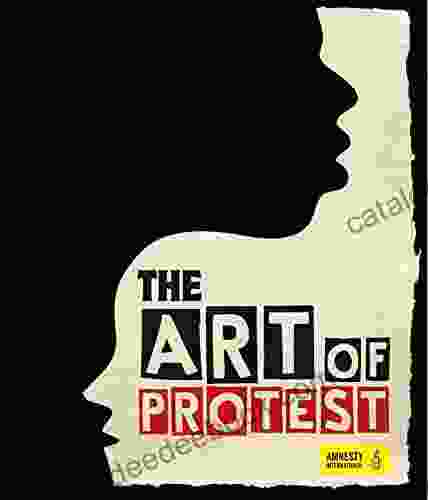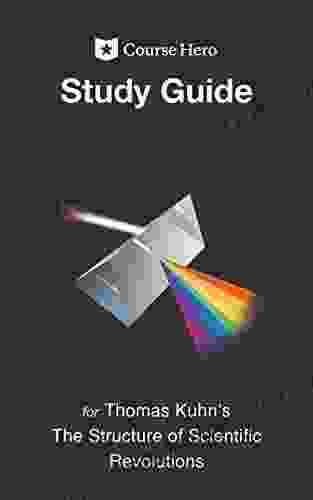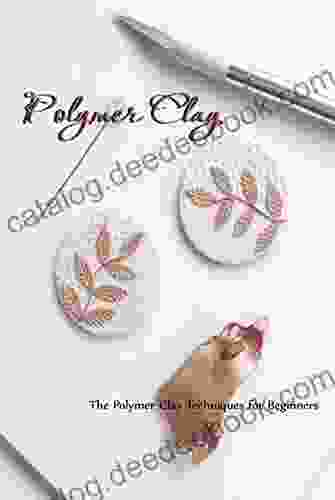Study Guide for Thomas Kuhn's "The Structure of Scientific Revolutions"

Thomas Kuhn's "The Structure of Scientific Revolutions" is a seminal work in the history and philosophy of science. Published in 1962, it has had a profound impact on our understanding of how science progresses. Kuhn's central thesis is that science does not progress through a gradual accumulation of knowledge, but rather through a series of scientific revolutions. These revolutions occur when the prevailing scientific paradigm is overthrown and replaced by a new one.
Kuhn's work has been highly influential, but it has also been controversial. Some critics have argued that Kuhn's view of science is too relativistic. They claim that Kuhn's emphasis on the role of social and cultural factors in science undermines the objectivity of scientific knowledge. Others have argued that Kuhn's view of science is too pessimistic. They claim that Kuhn's focus on the disruptive nature of scientific revolutions suggests that scientific progress is impossible.
4.6 out of 5
| Language | : | English |
| File size | : | 771 KB |
| Screen Reader | : | Supported |
| Print length | : | 24 pages |
| Lending | : | Enabled |
| Item Weight | : | 4.6 ounces |
| Dimensions | : | 5.83 x 0.25 x 8.27 inches |
| Hardcover | : | 91 pages |
Despite these criticisms, "The Structure of Scientific Revolutions" remains a classic work in the history and philosophy of science. It is a must-read for anyone interested in understanding how science works.
Key Concepts
The following are some of the key concepts in "The Structure of Scientific Revolutions":
* Paradigm: A paradigm is a set of shared beliefs and assumptions that guide a scientific community. Paradigms include both scientific theories and the methods used to test those theories. * Normal science: Normal science is the day-to-day work of scientists within a paradigm. Normal science involves solving puzzles and extending the reach of the paradigm. * Scientific revolution: A scientific revolution occurs when the prevailing paradigm is overthrown and replaced by a new one. Scientific revolutions are often accompanied by a great deal of controversy and debate. * Incommensurability: Kuhn argued that different paradigms are incommensurable. This means that they cannot be compared to each other in a meaningful way. As a result, it is impossible to objectively determine which paradigm is better.
The Structure of Scientific Revolutions
Kuhn argued that science progresses through a series of scientific revolutions. Each revolution begins with a period of normal science. During this time, scientists work within the prevailing paradigm to solve puzzles and extend the reach of the paradigm. However, as scientists continue to work within the paradigm, they eventually encounter anomalies that cannot be explained by the paradigm. These anomalies accumulate over time until they eventually lead to a crisis.
The crisis is a period of great uncertainty and debate. Scientists begin to question the validity of the prevailing paradigm. They may propose new theories or modify the existing paradigm in an attempt to explain the anomalies. Eventually, a new paradigm emerges that is able to explain the anomalies and resolve the crisis. The new paradigm then becomes the new orthodoxy and the cycle begins anew.
Implications of Kuhn's Work
Kuhn's work has had a profound impact on our understanding of how science works. His emphasis on the role of social and cultural factors in science has challenged the traditional view of science as a purely objective enterprise. Kuhn's work has also led to a new appreciation for the importance of scientific revolutions. Before Kuhn, scientific revolutions were often seen as aberrations. Kuhn showed that scientific revolutions are actually an essential part of the process of scientific progress.
Kuhn's work has also been influential in other fields, such as history, sociology, and anthropology. His work has helped to show how social and cultural factors can shape our understanding of the world. Kuhn's work has also been used to challenge the idea of a single, objective reality.
Study Guide
The following are some questions to help you study "The Structure of Scientific Revolutions":
* What is a paradigm? * What is normal science? * What is a scientific revolution? * What is incommensurability? * How does Kuhn argue that science progresses? * What are the implications of Kuhn's work for our understanding of science?
Further Reading
If you are interested in learning more about "The Structure of Scientific Revolutions," you may want to read the following books:
* Thomas Kuhn, "The Structure of Scientific Revolutions" (3rd ed.) * Ian Hacking, "The Social Construction of What?" * Bruno Latour, "Science in Action" * Steven Shapin and Simon Schaffer, "Leviathan and the Air-Pump"
4.6 out of 5
| Language | : | English |
| File size | : | 771 KB |
| Screen Reader | : | Supported |
| Print length | : | 24 pages |
| Lending | : | Enabled |
| Item Weight | : | 4.6 ounces |
| Dimensions | : | 5.83 x 0.25 x 8.27 inches |
| Hardcover | : | 91 pages |
Do you want to contribute by writing guest posts on this blog?
Please contact us and send us a resume of previous articles that you have written.
 Novel
Novel Page
Page Text
Text Story
Story Library
Library Paperback
Paperback Newspaper
Newspaper Bookmark
Bookmark Shelf
Shelf Glossary
Glossary Bibliography
Bibliography Annotation
Annotation Manuscript
Manuscript Codex
Codex Tome
Tome Library card
Library card Narrative
Narrative Biography
Biography Memoir
Memoir Reference
Reference Character
Character Librarian
Librarian Catalog
Catalog Borrowing
Borrowing Archives
Archives Periodicals
Periodicals Study
Study Scholarly
Scholarly Reserve
Reserve Journals
Journals Reading Room
Reading Room Rare Books
Rare Books Special Collections
Special Collections Study Group
Study Group Storytelling
Storytelling Awards
Awards Reading List
Reading List Book Club
Book Club Theory
Theory Textbooks
Textbooks Glenn N Levine
Glenn N Levine Gloria Rudolf
Gloria Rudolf Jean Knox
Jean Knox Sandra Tassel
Sandra Tassel Francesco Belviso
Francesco Belviso Howard Whitehouse
Howard Whitehouse John Howard
John Howard Kim Fu
Kim Fu Al Cimino
Al Cimino Michel Chossudovsky
Michel Chossudovsky Yissendy Trinidad
Yissendy Trinidad Jessica Spotswood
Jessica Spotswood Jolpic Kidz
Jolpic Kidz Tom Thelen
Tom Thelen Emily Organ
Emily Organ Chessie King
Chessie King Windra Swastika
Windra Swastika Kyle Gann
Kyle Gann Lynn Freeman Olson
Lynn Freeman Olson Akira Nakano
Akira Nakano
Light bulbAdvertise smarter! Our strategic ad space ensures maximum exposure. Reserve your spot today!

 Norman ButlerRomantic Spanish Songs Easy Piano Hal Leonard: A Journey Through the Melodies...
Norman ButlerRomantic Spanish Songs Easy Piano Hal Leonard: A Journey Through the Melodies...
 Arthur MasonLadies 8ply Cardigan Knitting Pattern with Length Sleeve and Neck Options:...
Arthur MasonLadies 8ply Cardigan Knitting Pattern with Length Sleeve and Neck Options:...
 Haruki MurakamiVisual History of Dissent and Resistance: A Journey Through Art and Activism
Haruki MurakamiVisual History of Dissent and Resistance: A Journey Through Art and Activism Brenton CoxFollow ·7.4k
Brenton CoxFollow ·7.4k Julian PowellFollow ·7.2k
Julian PowellFollow ·7.2k Andy HayesFollow ·16.1k
Andy HayesFollow ·16.1k Jackson HayesFollow ·19.6k
Jackson HayesFollow ·19.6k Devin CoxFollow ·3.1k
Devin CoxFollow ·3.1k John MiltonFollow ·9k
John MiltonFollow ·9k Dwight BellFollow ·18.6k
Dwight BellFollow ·18.6k Devon MitchellFollow ·17.3k
Devon MitchellFollow ·17.3k

 Hayden Mitchell
Hayden MitchellThe Routledge Handbook of Feminist Peace Research: A...
The Routledge...

 Joe Simmons
Joe SimmonsUnveiling the Lyrical Mastery of Henri Cole's "Blizzard...
In the realm of...

 E.E. Cummings
E.E. CummingsEast End Hardman To Tv Star: The Unlikely Rise Of Danny...
Danny Dyer is one of the...

 Eli Brooks
Eli BrooksMusic in the Tradition of Thich Nhat Hanh: A Journey of...
In the heart of...

 Samuel Ward
Samuel WardAmazing Scenes in Plastic Canvas: Bringing Your...
Plastic canvas is a...

 E.E. Cummings
E.E. CummingsA Comprehensive Guide to Non-Jazz Improvisation for...
: Embracing the Art of...
4.6 out of 5
| Language | : | English |
| File size | : | 771 KB |
| Screen Reader | : | Supported |
| Print length | : | 24 pages |
| Lending | : | Enabled |
| Item Weight | : | 4.6 ounces |
| Dimensions | : | 5.83 x 0.25 x 8.27 inches |
| Hardcover | : | 91 pages |






